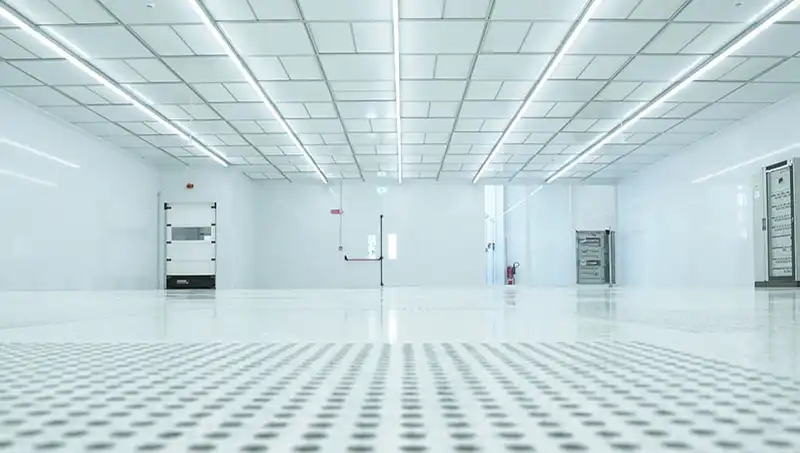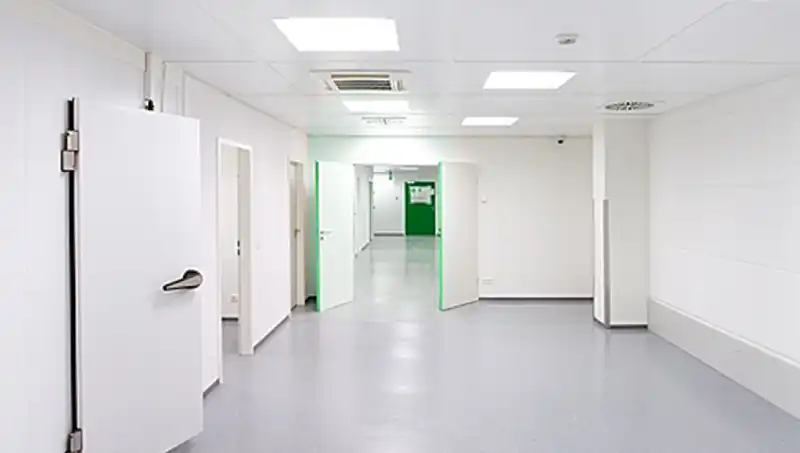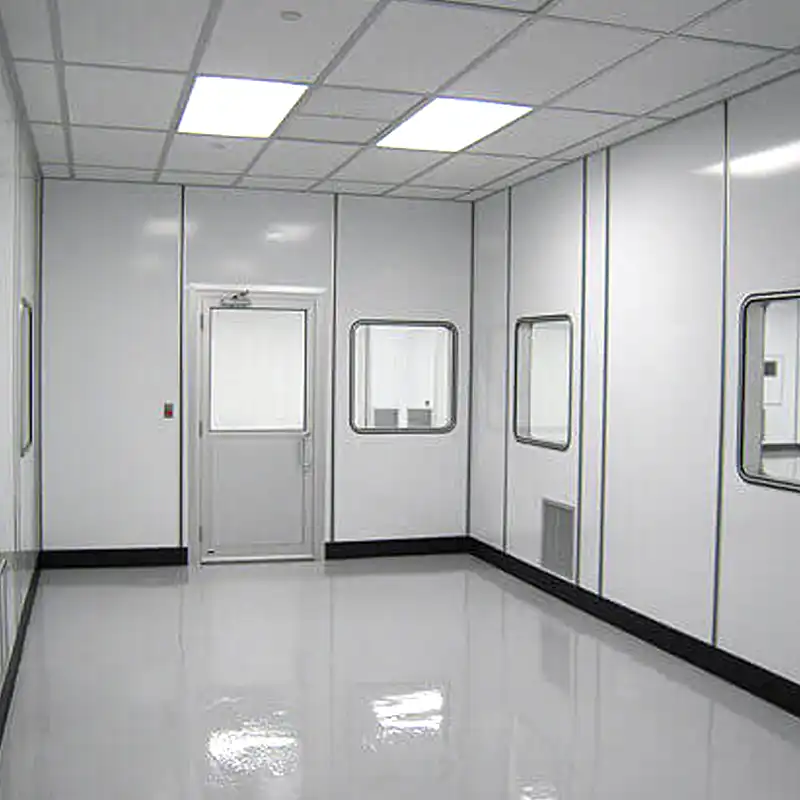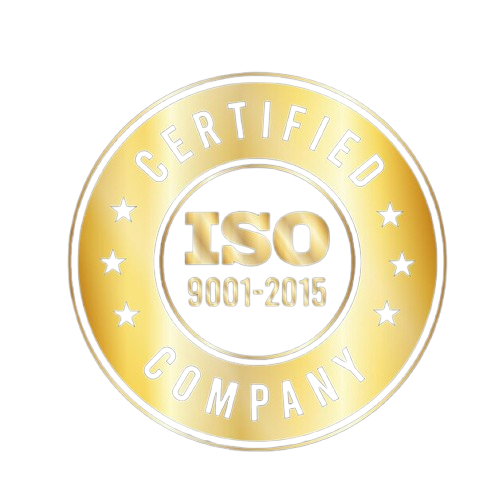In today’s fast-paced world, where precision and quality are paramount, cleanrooms play a crucial role across diverse industries. Whether it’s semiconductor manufacturing, pharmaceuticals, or aerospace engineering, the integrity of products often hinges on the controlled environment provided by cleanrooms. But what exactly is a cleanroom, and why are they so essential?
This article delves deep into the intricacies of cleanrooms, exploring their definition, applications, and maintenance requirements.
What Is Cleanroom

A cleanroom is a specialized environment that is designed to maintain extremely low levels of particulate contamination, as well as control other environmental factors like temperature, humidity, and pressure.
These controlled conditions are crucial for industries where even tiny particles or impurities could negatively affect the quality or functionality of products being manufactured or processed within the cleanroom. Cleanrooms are used in various industries such as semiconductor manufacturing, pharmaceuticals, aerospace engineering, and medical device manufacturing, among others.
They are equipped with advanced air filtration systems, strict gowning protocols, and meticulous cleaning procedures to ensure that the environment remains clean and controlled according to industry standards.
Components of a Cleanroom

Cleanrooms comprise several essential components that work together to create and maintain a controlled environment.
Here’s a closer look at each component:
1. HVAC Systems (Heating, Ventilation, and Air Conditioning):
HVAC systems in cleanrooms are equipped with specialized filters such as High-Efficiency Particulate Air (HEPA) and Ultra-Low Penetration Air (ULPA) filters. These filters effectively remove airborne particles, ensuring that the air within the cleanroom meets the required cleanliness standards. The HVAC system also controls temperature, humidity, and airflow patterns within the cleanroom, contributing to the overall environmental control.
2. Air Showers and Cleanroom Entry Systems:
Air showers and cleanroom entry systems are designed to prevent contamination from entering the cleanroom during personnel ingress and egress. Before entering the cleanroom, personnel pass through air showers that emit high-velocity air jets, removing particles from their clothing and equipment. Entry systems may also include gowning rooms with designated areas for changing into cleanroom garments.
3. Cleanroom Flooring:
Cleanroom flooring is typically made of specialized materials such as epoxy or vinyl, which create a seamless and easy-to-clean surface. These flooring materials are non-porous and minimize particle generation, ensuring that the cleanroom remains free of contaminants. Additionally, cleanroom flooring may incorporate static-control properties to prevent electrostatic discharge.
4. Wall and Ceiling Panels:
Wall and ceiling panels in cleanrooms are constructed using smooth, non-porous materials such as stainless steel or fiberglass-reinforced plastic. These panels provide structural integrity to the cleanroom while minimizing particle accumulation and facilitating easy cleaning. Sealed joints and corners prevent the buildup of contaminants in hard-to-reach areas.
5. Cleanroom Garments:
Cleanroom garments, including coveralls, gloves, masks, and shoe covers, are worn by personnel working within the cleanroom. These garments are designed to prevent the shedding of particles and fibers, minimizing the introduction of contaminants into the controlled environment. Cleanroom garments undergo strict laundering and sterilization procedures to maintain their cleanliness.
Each of these components plays a vital role in creating and maintaining the controlled environment necessary for cleanroom operations. By working together, they ensure that the cleanroom meets the required cleanliness standards and provides a suitable environment for sensitive manufacturing processes and research activities.
Applications of Cleanrooms

Cleanrooms have diverse applications across various industries, where the stringent control of environmental conditions is essential for ensuring product quality, safety, and reliability. Some of the primary applications of cleanrooms include:
1. Semiconductor Manufacturing: Cleanrooms are crucial in semiconductor manufacturing facilities, where the production of microchips and other electronic components requires an environment free from particulate contamination. Even tiny particles can adversely affect the performance of semiconductor devices, making cleanrooms indispensable for ensuring high yields and product reliability.
2. Pharmaceutical and Biotechnology: In the pharmaceutical and biotechnology industries, cleanrooms are used for the production of medications, vaccines, and biologics. Cleanroom environments help prevent contamination of drugs and biological products, ensuring their efficacy, purity, and safety for patients. Strict adherence to cleanliness standards is vital in these industries to meet regulatory requirements and maintain product quality.
3. Aerospace and Defense: Cleanrooms play a crucial role in aerospace and defense manufacturing, where precision and reliability are paramount. Components used in aircraft, satellites, and defense systems must be manufactured in cleanroom environments to prevent contamination that could compromise their performance or durability. Cleanrooms ensure that critical aerospace components meet stringent quality and reliability standards.
4. Medical Device Manufacturing: Cleanrooms are essential in the manufacturing of medical devices, including surgical instruments, implants, and diagnostic equipment. The controlled environment provided by cleanrooms helps ensure the sterility and quality of medical devices, reducing the risk of infections and complications for patients. Cleanroom facilities adhere to strict regulatory requirements to maintain product safety and efficacy.
5. Nanotechnology Research: In nanotechnology research and development, cleanrooms are used for the fabrication and manipulation of nanoscale structures and devices. Contamination control is crucial at the nanoscale, where even minor impurities can significantly impact the properties and functionality of materials and devices. Cleanroom environments enable researchers to work with precision and reproducibility in their experiments.
6. Optics and Photonics: Cleanrooms are also essential in the optics and photonics industry, where the fabrication of precision optical components and devices requires a pristine environment free from particulate contamination. Cleanrooms facilitate the production of lenses, mirrors, laser optics, and other optical components with high precision and consistency.
In each of these industries, cleanrooms provide controlled environments that minimize contamination, ensure product quality, and meet regulatory standards. Their applications span a wide range of sectors, underscoring their critical role in modern manufacturing, research, and development processes.
FAQs
How often should cleanrooms be cleaned?
Cleanrooms should be cleaned regularly, with the frequency depending on factors such as the cleanroom classification, usage, and industry standards. In high-risk environments, daily or even continuous cleaning may be necessary.
What are the primary sources of contamination in cleanrooms?
The primary sources of contamination in cleanrooms include airborne particles, personnel, equipment, packaging materials, and processes. Effective contamination control strategies aim to minimize or eliminate these sources to maintain cleanliness levels.
Are cleanrooms expensive to build and maintain?
Cleanrooms can be costly to build and maintain due to the specialized equipment, materials, and stringent cleanliness requirements. However, the investment is justified by the critical role cleanrooms play in ensuring product quality, safety, and regulatory compliance.
Can cleanrooms be customized to specific industry requirements?
Yes, cleanrooms can be customized to meet the specific requirements of different industries, including size, classification, airflow patterns, and cleanliness standards. Customization ensures that cleanrooms are tailored to the unique needs of each application.
How are cleanroom classifications determined?
Cleanroom classifications are determined based on the maximum allowable concentration of airborne particles per cubic meter of air, as specified by international standards such as ISO 14644-1. The classification dictates the cleanliness level required for a particular cleanroom environment.
What are the challenges associated with maintaining cleanrooms?
Challenges associated with maintaining cleanrooms include controlling contamination from external sources, ensuring compliance with regulatory standards, minimizing downtime for cleaning and maintenance, and managing operating costs.
Conclusion
In conclusion, cleanrooms are indispensable environments for industries where product quality, safety, and reliability are paramount. By providing controlled conditions that minimize contamination, cleanrooms enable the manufacture of high-quality products across diverse sectors. As technology advances and industries evolve, cleanroom technology will continue to play a vital role in shaping the future of manufacturing and research.




